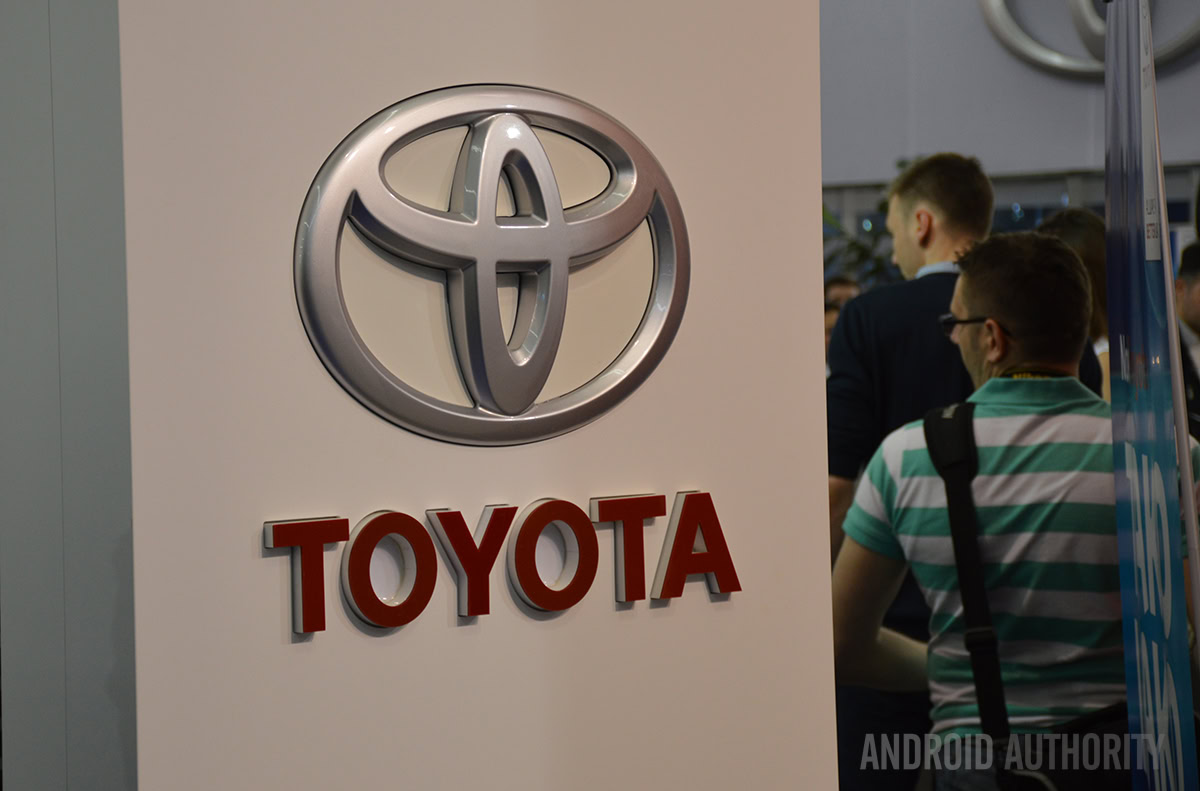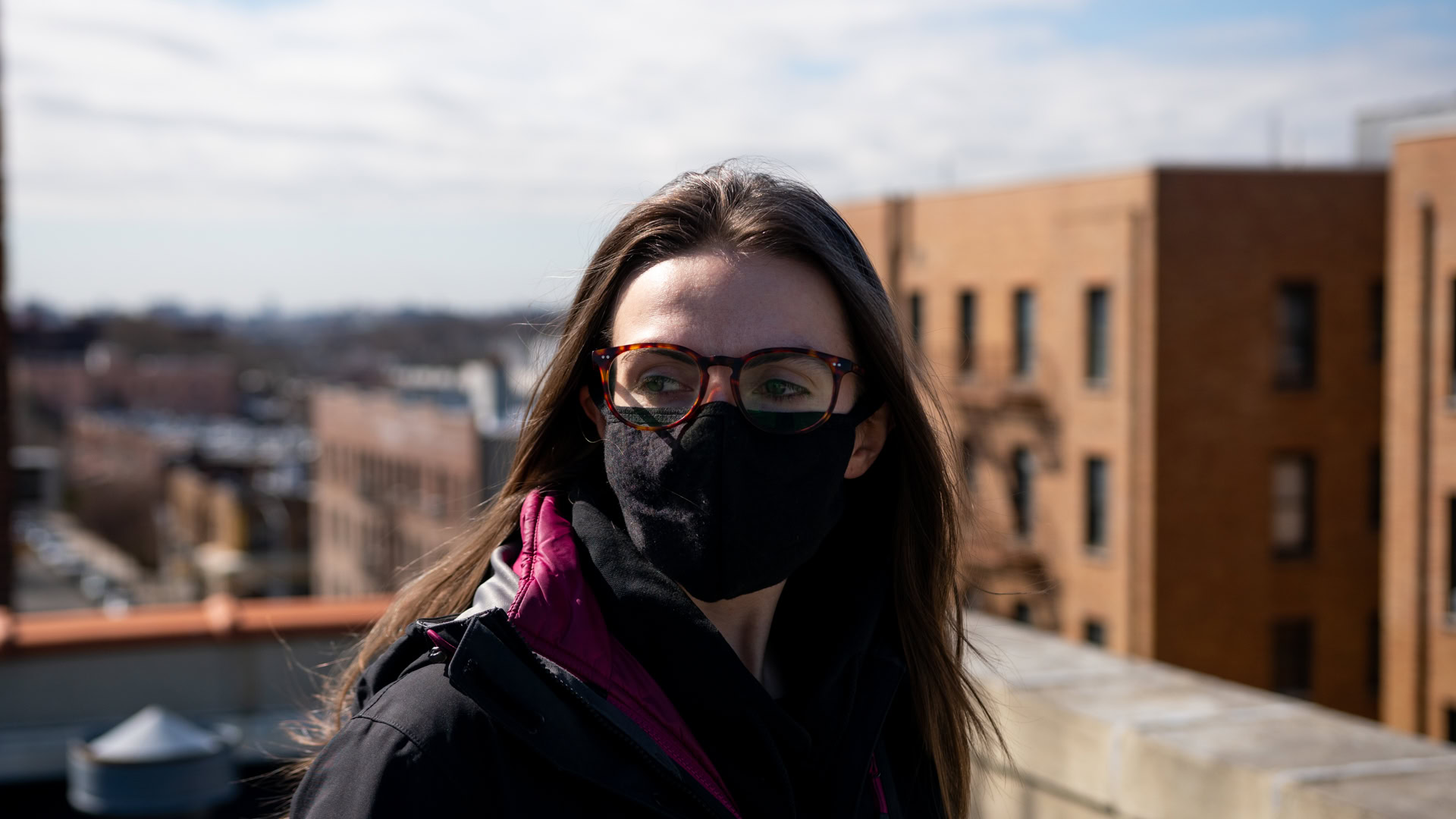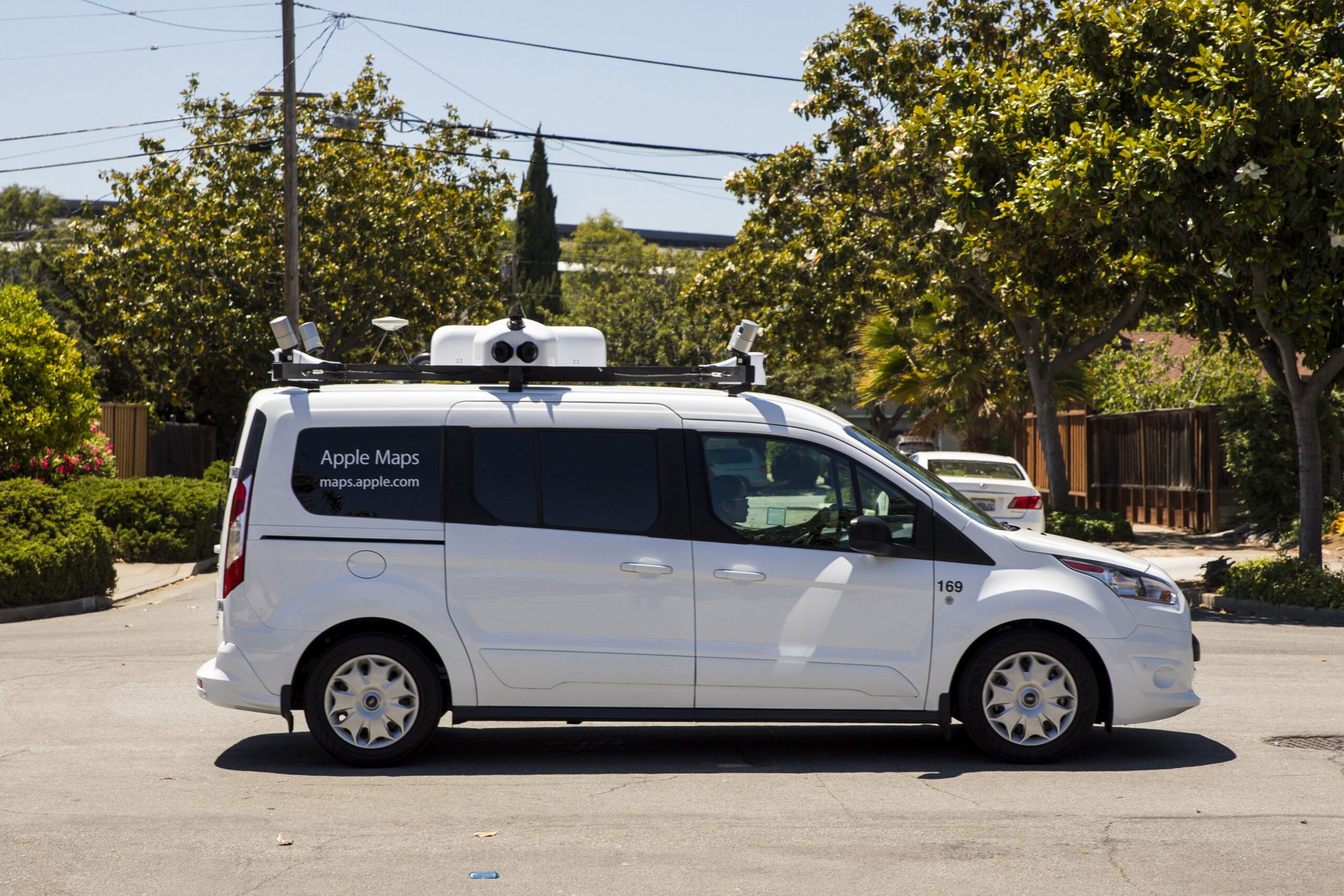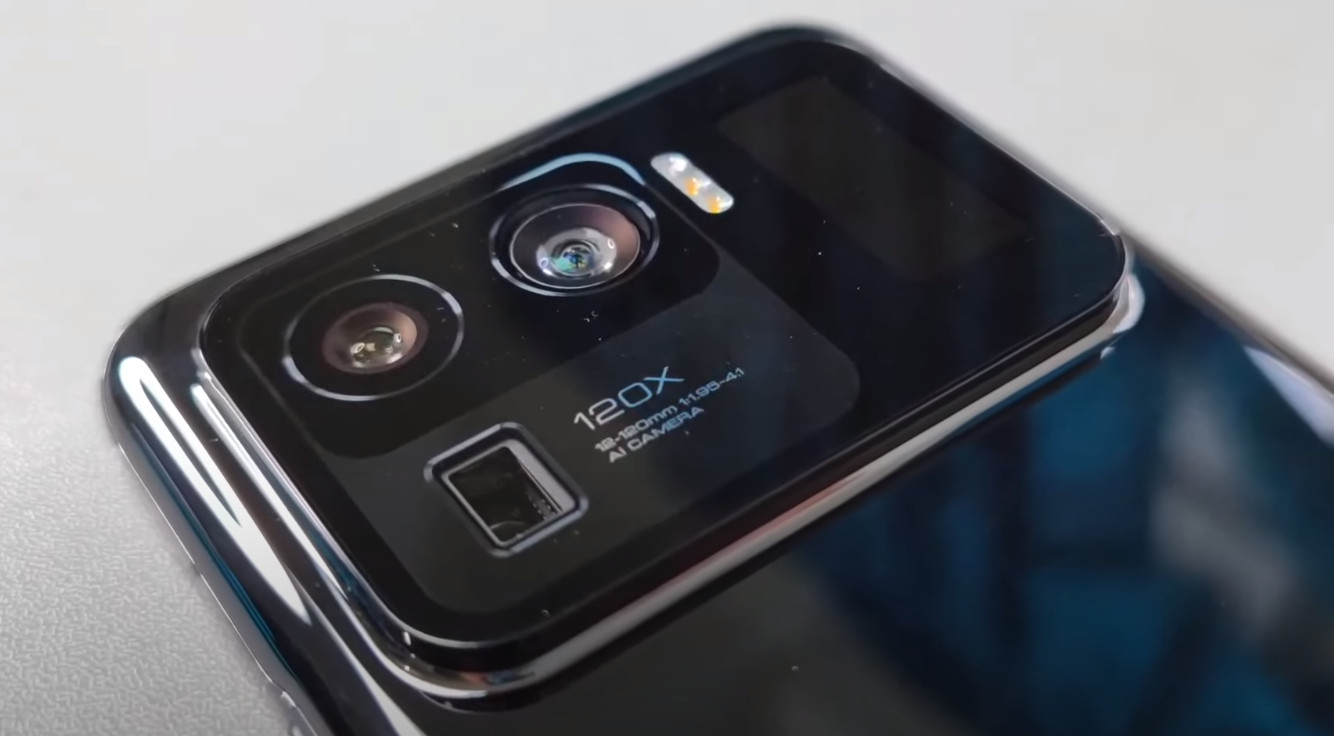Affiliate links on Android Authority may earn us a commission. Learn more.

Toyota first debuted a hybrid concept car back in 1995, and launched it in October 1997 as the world’s first mass-produced hybrid passenger vehicle.
Almost 25 years later, Toyota is still only offering hybrids, which has been an increasingly controversial choice, as the world shifts to all-electric.
Now that’s changing: Toyota will debut its first mass-market EVs in the US this year (The Verge). Finally.
- Maybe I’m early on this new. Toyota hasn’t specified even a vehicle type or given a pricing suggestion yet, but has talke about an electric SUV in the past, which makes sense for a 2021 offering in the US.
- What’s interesting is that despite being early to electrification, Toyota has been slow to EVs through some at least debatable if not controversial thinking.
- From The Verge: Toyota “says it did internal research that found total greenhouse gas emissions of all-electric and hybrid vehicles to be “roughly the same … when factoring in pollutants created by electricity production for the average US energy grid used to charge batteries.”
- Which isn’t totally wrong! And Toyota is pushing hydrogen as an option, it publishes an environmental report and committed to carbon-neutral operations by 2050, back in 2015. It’s not like Toyota is A Bad Guy.
- But Toyota’s arguments are a little odd.
- It doesn’t recognise that EVs are getting cleaner through a variety of deliberate and incidental reasons: renewable energy is accounting for more of the grid, and at least about one-third of people try to lower charging costs through installing their own PV system, or charge at night during off-peak low-load periods.
- The “EVs need fossil fuels too!” line of thinking is mostly oil-industry led misinformation, as The Guardian explains.
So, about time for Toyota! Now let’s see how good the cars actually are.
👉 OnePlus may have found a new place to tuck away the selfie camera on its phones — right in the top bezel. This is at patent stage for now, though. (Android Authority).
🔜 Motorola’s next Moto G and E phones may pack huge batteries (Android Authority).
😬 Federal judge rules warrantless phone searches of anyone at US border are fine, ACLU and others condemn the ruling (Android Authority).
🎧 Samsung Galaxy Buds Pro review: Goodbye beans, hello isolation (Android Authority).
🤦♂️ Google’s own iOS apps were laughably begging for updates that don’t exist, but the company says it was because of a bug. Still no iOS app updates (The Verge).
⛔ TikTok sale to Oracle and Walmart put on ice ‘indefinitely’ (Engadget).
🤯 Epic’s new MetaHuman tool with its Unreal Engine lets you craft very, very realistic faces inside a browser. The biggest tell, for me, is still the eyes? (The Verge).
💲 “The Cheapskate Hall of Fame”: Seven of the best cheap products of all time — not saying I fully understand every pick here but very interesting list (CNET).
💰 Microsoft tried to acquire Pinterest recently at around twice the price of LinkedIn, though talks are no longer active. Possibly, it was a cloud data play? (The Verge).
🚰 Breached water plant employees used the same TeamViewer password, no firewall and Windows 7 PCs. Less hack, more just absurdly poor resourcing plus underfunded operations at critical infrastructure (Ars Technica).
🐷 Video game-playing pigs stretch our concepts of animal intelligence: “They beg to play video games … They beg to be the first ones out of their pens, then they trot up the ramp to play” (Gizmodo).
🔋 A lithium-ion upgrade for your car, but not the one you’re expecting: replacing lead-acid (Ars Technica).
📶 How Cubans make island Internet work for them (Ars Technica).
🔴 Mars activities are going well for all involved so far: Both the UAE’s spacecraft Hope and China’s Tianwen-1 have successfully entered orbit at Mars with a few hours of each other, marking the fifth and sixth-nations to reach Mars orbit. China plans to touch down with a rover in the coming months, at a “vast, rock-strewn plain called Utopia Planitia” (AP).

Remember when we all did just a humble single cloth mask?*
Now a CDC study is doubling-down and recommending two masks. Or, at least, improving the tightness of a single face mask, in the absence of disposable N95/FFP2 certified (or better) masks.
- In doing so, the study shows this may potentially reduce transmission of coronavirus particulates by more than 95%.
- There are caveats in the data here: the study, quite fairly, used rubber dummies that simulated coughing and simulated closeness and reception of particles.
- And the lab-based experiments are relative: there are loads of different masks types, varieties, and very mixed usage attempts. It’s unclear how this translates to real-life, especially if you’re already diligent about mask tightness. (*Or, not diligent at all.)
- Still, two masks appear to be better, while combined with physical distancing, avoiding crowds, avoiding indoor spaces with limited ventilation, and so on.
- It’s a shame it took so long to lab-verify this?
- And to complete the throwback: the CDC also hopes that Harry Potter, Wonder Woman, and Neo can actually convince people to wear masks in the first place, with a new video.
Cheers,
Tristan Rayner, Senior Editor.

